Over the past few weeks, we here at the house have been focused on the coming winter, and looming energy problems facing Germany thanks to our son being stationed there. He lives in what is, basically, a floor-to-ceiling tile-encrusted mini castle, which is a nightmare to heat in winter but keeps things tolerable during the heat of summer. He did get his heating oil delivery after 5 weeks of heart-in-mouth waiting, but they shorted him 300L, which he’ll have to make up somewhere. For all the preparation he’s doing, he still seems in better shape than the folks in the Netherlands I read about yesterday.
The Dutch government is asking citizens to take 5-minute showers, set the daytime temperature in the house at 66°F and the nighttime temperature at 59°F.
Last weekend, the Dutch Government called on the population to take shorter showers (maximum five minutes) and set the thermostat no higher than 19°C during the day and 15°C at night.
It’s normally pretty cool there in September – averaging around 60°, cooler when it rains – so I imagine that a house temperature that chilly could be uncomfortable unless you are the Queen of Layering. One would certainly relish a hot shower, and a steamy bathroom to step into, I’d imagine, and people’s morning routines are universally sacred. The Wall Street Journal article in yesterday’s paper said there’s been some resistance to the suggestion. Imagine that!
Carla Generaal used to spend 15 minutes in the shower, slowly raising the temperature as the minutes passed. Her boyfriend, who takes one-and-a-half-minute cold showers, couldn’t fathom how she could be so wasteful. He bought her a five-minute sand-filled timer.
“Sometimes I used it a bit to relax,” she said of her extended shower routine. She would often daydream and lose track of time. “I think I’m probably not the only person in the world” doing that, she added.
Now the Dutch government is trying to get the Noordwijk resident, a 37-year-old executive for an online retailer, and others like her to save some of that hot water and help build the Netherlands’ energy reserves, following Russia’s squeeze on gas supplies in response to Western sanctions for invading Ukraine…
…Thea Derks, a music journalist in Amsterdam, said she has always tried to limit energy usage but has been even more conscious of the need since Russia invaded Ukraine. She takes a shower just once a week and keeps it under five minutes, and the rest of the time just uses a washcloth. Ms. Derks, 58, relies on a bike for transportation but said she doesn’t get sweaty enough to warrant frequent showers, calling them “completely superfluous.”
While many Dutch are setting timers, etc., making an effort to help out during this rough patch (Ms. Generaal seems to have broken her timer, but moderated her behavior in any event), there’s also another impetus at work: astronomical household energy bills. The average Dutch home has experienced darn near a quadrupling of their energy expenditures. It’s starting to look as if the search for “warm” is fast becoming the Holy Grail for Europe.
…Dutch households’ energy cost jumped to an average €503 in August from €142 in August of 2021, according to Hans de Kok, the CEO of price-comparison website Pricewise. It could get worse, with Russia having halted gas flow to Europe through a major pipeline last week.
Mr. ten Bruggencate said that people need to “save as much energy as possible to ensure that we can fill the gas storage sufficiently and that we can survive the winter warm.”…
European energy contracts are, in many instances, paid for as a yearly fee. In the Netherlands, they bundle your electricity and natural gas based on your kWh usage, etc. Those costs are getting passed on in this new round of contracts, as a representative from Energievergelijk.nl recently told The Dutch News. The Dutch government is also trying to mitigate the impact somewhat by making the up to €800 relief payments already made to 800K income qualifying households more widely available..
‘The cheapest model contract in our comparison tool is currently over € 5,100 per year for 3,400 kWh of electricity and 1,200 m3 of gas, and that is the average usage for a household of five people.’
So, you would think, reading this, remembering how they’re trying to crush their farmers in the name of Climate Argle Bargle (when, in effect, it’s a land grab), and knowing what’s happening in the rest of Europe energy-wise, that this is more of the same. The Dutch stepped on that Big Green Renewables Rake, and it smacked them in the chops just like it got everybody else, right? Well…not exactly.
The Dutch have an entirely different energy profile than many of the bigger EU countries, which was my first surprise for such budding, environmental tyrants.
Natural gas and oil are the most important fuels in the Dutch energy supply. In 2018, TPES came from natural gas (42%), oil (37%), coal (11%), biofuels and waste (5%), and small shares from nuclear, wind, solar, hydropower and geothermal…
…Fossil fuels also dominate Dutch energy demand. In 2018, oil and gas covered 77% of total final consumption (TFC), while electricity covered just 16%, the second-lowest share among IEA member countries. The dominance of oil and gas and the low level of electrification are driven by the large industry sector concentrated on refining and chemicals production and the high level of natural gas heating. In 2018, oil and gas covered 80% of industry demand, while natural gas covered 71% of residential demand and 48% of service sector demand, mainly for heating.
WHAT, you say?! How is this possible? How has Russia turning off the spigot not shut this place down already?! There’s another clue to these fossil fuel guzzlers in that report:
…The Netherlands is still one of the largest gas producers in Europe; however, domestic gas supply and gas exports are rapidly declining as production from Groningen is being phased out. Domestic oil supply is small, especially in comparison to the large oil demand. All coal is imported and is used primarily for electricity generation and steel production. The electricity supply is also heavily reliant on fossil fuels. In 2018, electricity generation came primarily from gas (52%) and coal (27%).
“Groningen is being phased out” Has their one gas field run dry? Ah…no. First, it’s a WHALE of a natural gas field and secondly, it is nowhere near depleted.
The Groningen gas field in the Netherlands is vast. It’s the largest in the European Union, and one of the 10 biggest in the world. Its available reserves of about 450 billion cubic meters are equivalent to all the EU’s needs for one year.
It’s exactly the kind of precious (if non-renewable) economic resource that would normally be front and center in an energy crisis like the one afflicting the region today. Every molecule of gas counts at a time when Europe is scrambling to cut its ties to Russia — source of about 40% of the EU’s gas consumption — by chasing new suppliers, investing in renewables, curbing demand and wringing existing sources dry.
But that’s not what’s happening. Groningen production is actually being wound down with a view to halting it next year, part of a long-standing pledge to address earthquake risks and environmental damage.
“The Groningen field contains about 450bn cubic metres of gas – enough to cover Europe’s imports from Russia for three years“
…but it’s underneath what is described as a “soft clay soil” which “amplifies seismic activity.” The folks in the neighborhood have had their houses shaken to bits over the years, and are in a lengthy, adversarial process of getting the government to buy them, repair them or move them out wholesale. There are literally billions of € at stake in housing repairs and claims, and, in the push to a new, Green, renewable Europe, Groningen was expendable – easily made up elsewhere.
Until it wasn’t.
Now, the throwdown begins. Even some residents with cracks running through their homes, staring down the face of what could truly be a catastrophic winter – unaffordable and frozen – are warming up to the idea of keeping production humming along in the Groningen. It remains to be seen if the Green faction in Amersterdam will hold sway, and condemn the entire country to cold showers and candles, when relief is already at hand. To ramp up production would be, as one analyst said, “like flicking a switch.” Yes, the political resistance will be fierce. So what? The reaction from Dutch citizens should be what carries the day, if they react with the same fury and fervor that they supported the farmers with. The renewable Utopia will have to cope with a reality check.
As Daniel Yergin, author of the classic hydrocarbon history “The Prize,” summed it up pithily to the New York Times: “Guess what, this is an emergency.”
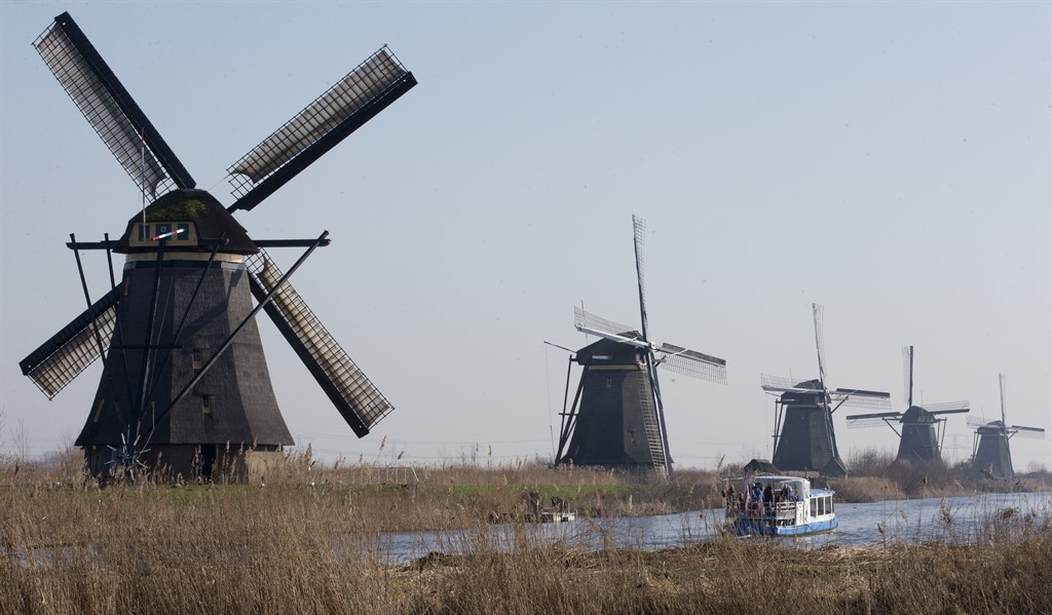

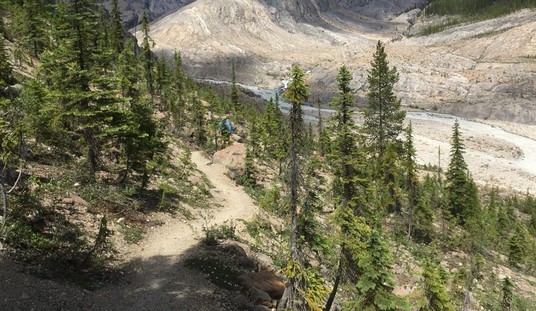

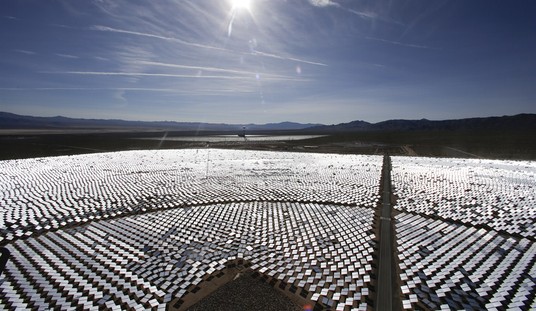
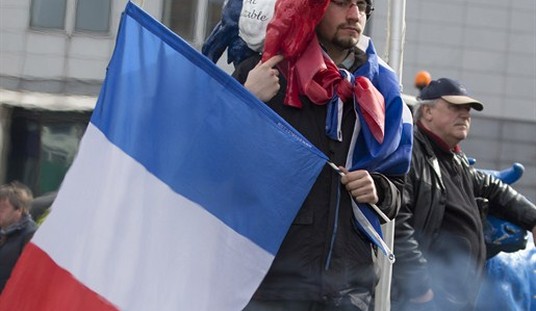
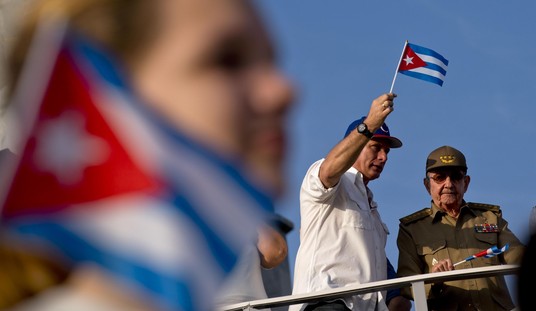
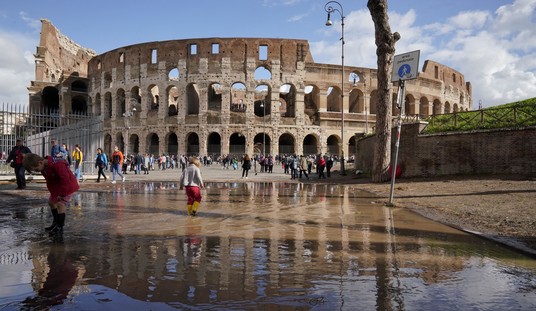
Join the conversation as a VIP Member